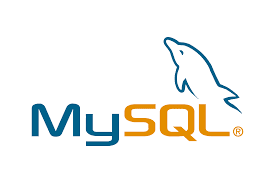MySQL: AFTER UPDATE Trigger
This MySQL tutorial explains how to create an AFTER UPDATE Trigger in MySQL with syntax and examples.
Description
An AFTER UPDATE Trigger means that MySQL will fire this trigger after the UPDATE operation is executed.
Syntax
The syntax to create an AFTER UPDATE Trigger in MySQL is:
CREATE TRIGGER trigger_name AFTER UPDATE ON table_name FOR EACH ROW BEGIN -- variable declarations -- trigger code END;
Parameters or Arguments
- trigger_name
- The name of the trigger to create.
- AFTER UPDATE
- It indicates that the trigger will fire after the UPDATE operation is executed.
- table_name
- The name of the table that the trigger is created on.
Restrictions
- You can not create an AFTER trigger on a view.
- You can not update the NEW values.
- You can not update the OLD values.
Note
- See also how to create AFTER DELETE, AFTER INSERT, AFTER UPDATE, BEFORE DELETE, and BEFORE UPDATE triggers.
- See also how to drop a trigger.
Example
Let's look at an example of how to create an AFTER UPDATE trigger using the CREATE TRIGGER statement in MySQL.
If you had a table created as follows:
CREATE TABLE contacts ( contact_id INT(11) NOT NULL AUTO_INCREMENT, last_name VARCHAR(30) NOT NULL, first_name VARCHAR(25), birthday DATE, created_date DATE, created_by VARCHAR(30), CONSTRAINT contacts_pk PRIMARY KEY (contact_id) );
We could then use the CREATE TRIGGER statement to create an AFTER UPDATE trigger as follows:
DELIMITER //
CREATE TRIGGER contacts_after_update
AFTER UPDATE
ON contacts FOR EACH ROW
BEGIN
DECLARE vUser varchar(50);
-- Find username of person performing the INSERT into table
SELECT USER() INTO vUser;
-- Insert record into audit table
INSERT INTO contacts_audit
( contact_id,
updated_date,
updated_by)
VALUES
( NEW.contact_id,
SYSDATE(),
vUser );
END; //
DELIMITER ;
No comments:
Post a Comment